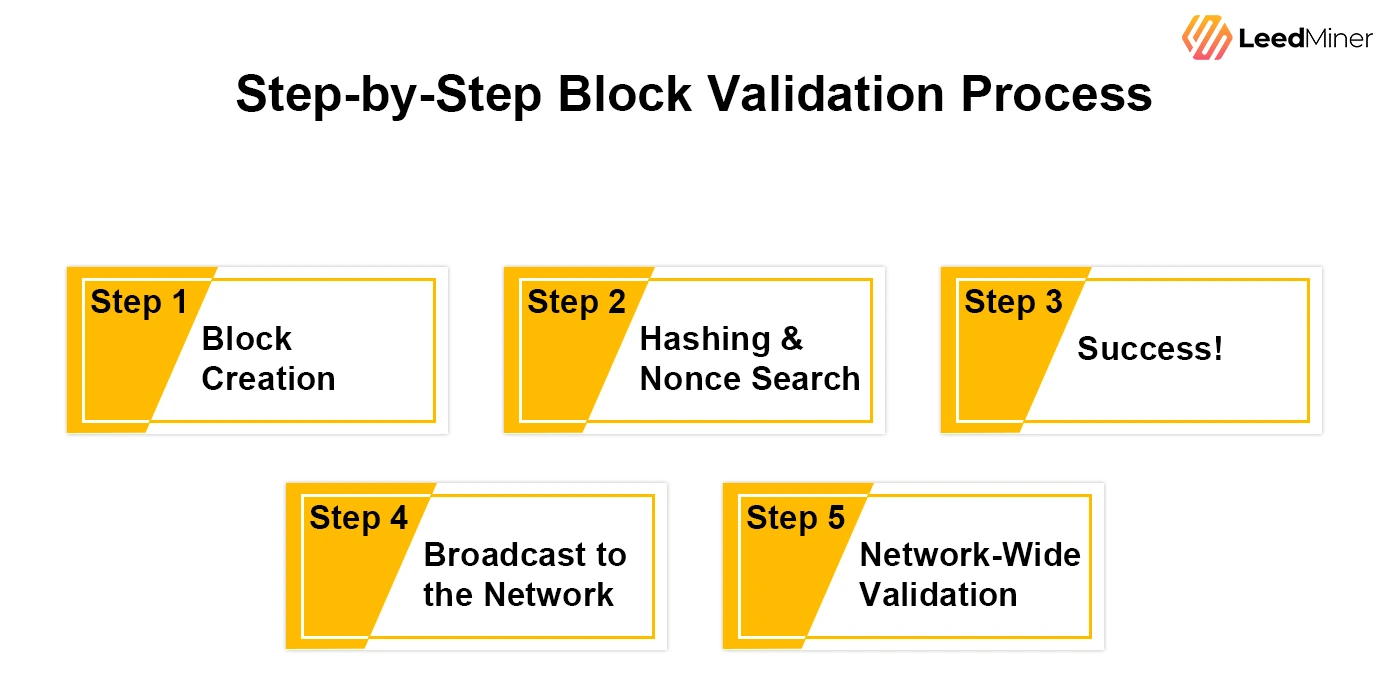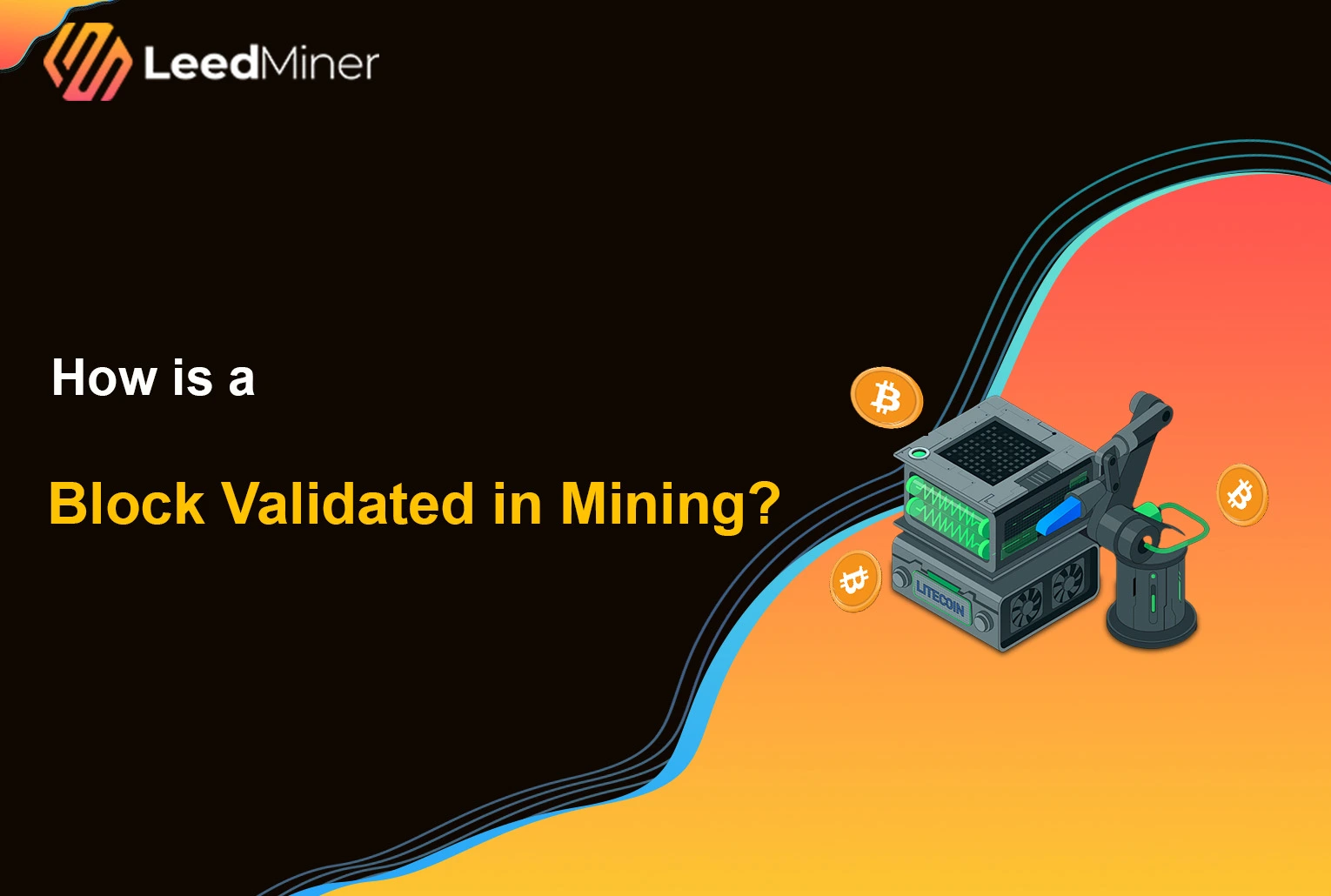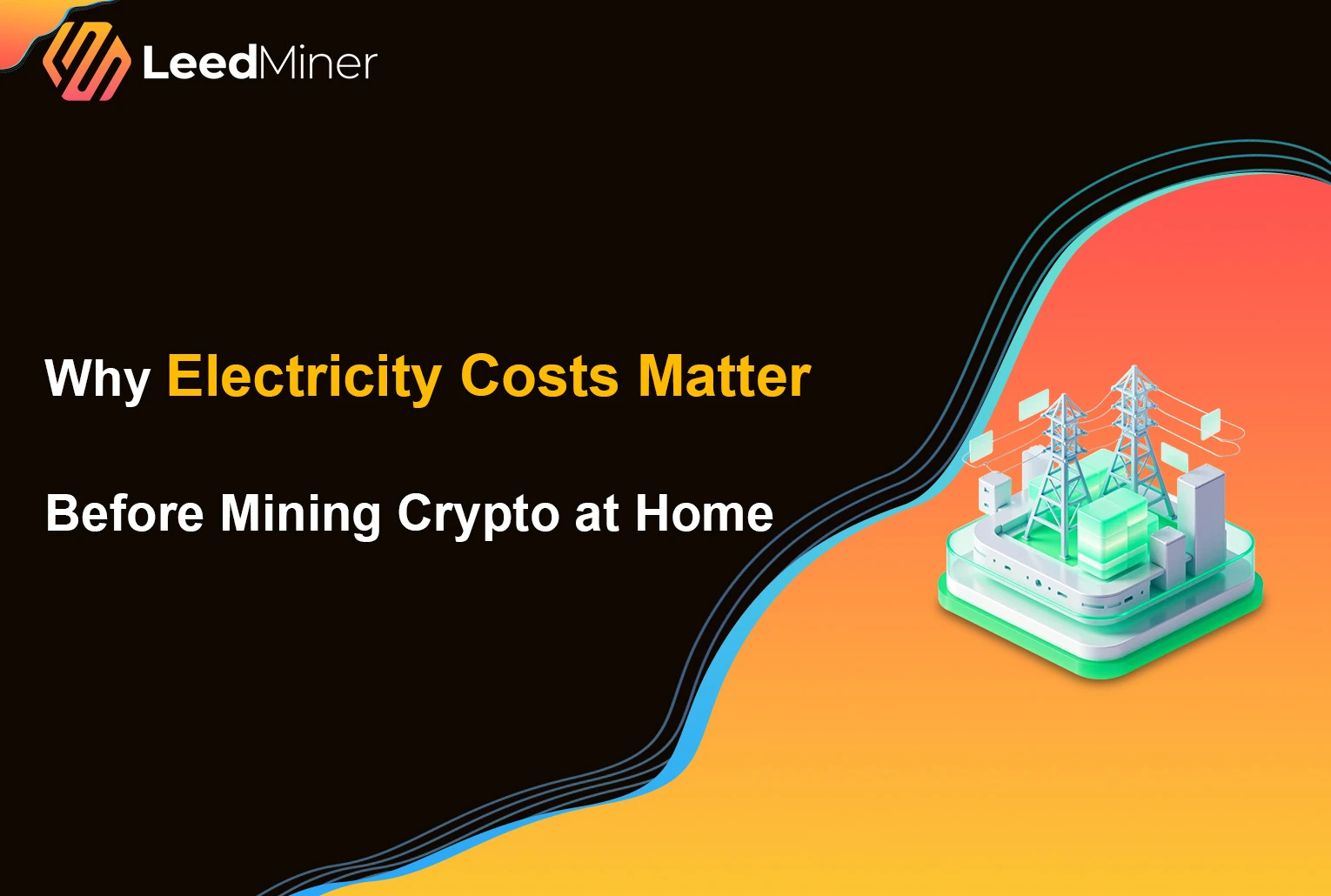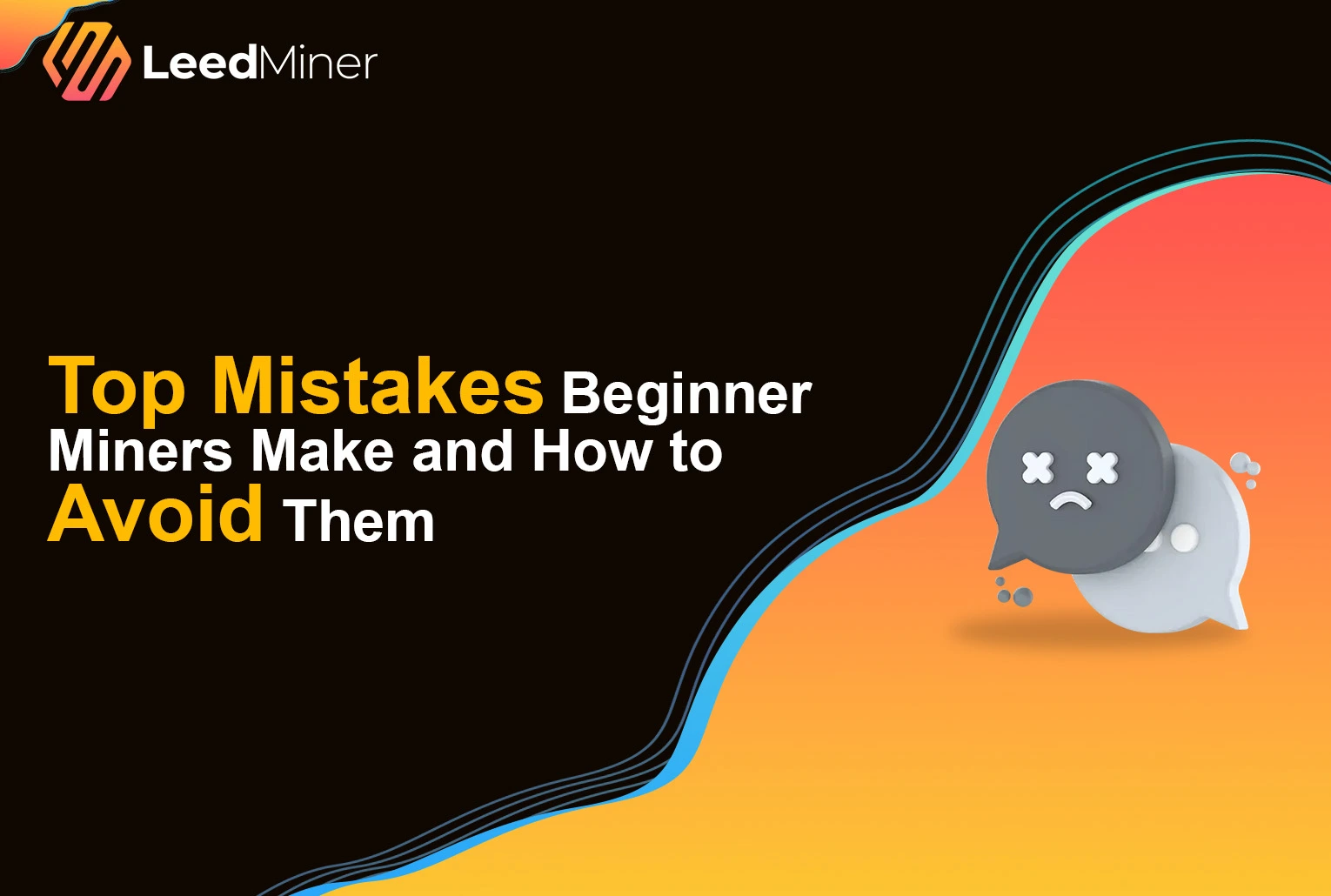SUMMARY
In the world of blockchain and cryptocurrencies, the concept of “block validation” plays a central role in ensuring trust, transparency, and security. Whether you’re a miner, investor, or enthusiast, understanding how blocks are validated gives you insight into why Bitcoin and similar networks are considered secure and decentralized. Let’s explore the full process—from mining to validation—and see how a new block becomes part of the blockchain.
What is a Block, and Why Validate It
A block is a collection of data that includes a set of verified transactions, a timestamp, a reference to the previous block, and other technical components. Before a block can be added to the blockchain, it must be validated—that is, it must be proven to follow all network rules and pass cryptographic checks. This process ensures:
- No one can cheat the system (e.g., double-spend coins)
- Only valid transactions are recorded
- The chain remains consistent across all participants
What’s Inside a Block
Each block has two main components:
-
Block Header:
-
Previous block hash
-
Timestamp
-
Nonce (used during mining)
-
Merkle root (a summary hash of all transactions)
-
Target difficulty
-
Transaction List:
-
User-submitted transactions waiting to be confirmed
-
Includes a coinbase transaction (miner reward)
The block header is what miners use to try and create a valid block via hashing.
The Miner’s Role: Finding a Valid Block
Miners are like cryptographic problem solvers.
Their goal? Find a special number—called a nonce Proof of Work
- High-speed calculations
- A lot of energy
- Repeated trial-and-error
Once a miner finds a valid hash, they’ve effectively “won” the current round of mining.
Step-by-Step Block Validation Process

Here’s how a block gets validated:
Step 1: Block Creation
- The miner collects pending transactions from the mempool.
- Transactions are arranged and validated locally.
- A coinbase transaction is added to reward the miner.
Step 2: Hashing & Nonce Search
- The block header is hashed using
SHA-256
(for Bitcoin). - The miner varies the nonce and hashes the header repeatedly.
- The goal is to find a hash that meets the network’s difficulty target.
Step 3: Success
- When a valid hash is found, the miner finalizes the block.
Step 4: Broadcast to the Network
- The new block is broadcast to other nodes and miners.
- Everyone now has the chance to verify the block.
Step 5: Network-Wide Validation
Each node on the network independently checks:
- Is the block hash valid and below the target?
- Are all transactions valid (signatures, balances, no double spends)?
- Does the block link properly to the previous one?
- Does the block follow all consensus rules?
If all checks pass, the block is accepted.
Final Confirmation: Becoming Part of the Blockchain
Once validated, the block is added to the node’s version of the blockchain.
- The longest chain (with the most cumulative Proof of Work) is considered the true chain.
- After several more blocks are added on top, the block becomes increasingly final.
- In Bitcoin, 6 confirmations are often considered secure enough for most transactions.
Why Block Validation Matters
Without block validation, the blockchain would be vulnerable to:
- Fraud (e.g., double spending)
- Conflicting histories (forks)
- Centralization or manipulation
Validation ensures:
- Decentralized trust
- Immutability of data
- Economic incentives for honest behavior
What Happens If a Block Is Invalid
If any part of the block violates consensus rules—such as:
- Invalid transaction signatures
- Incorrect hash
- Reuse of spent coins
Then the network rejects it outright. All nodes discard invalid blocks, and the miner receives no reward despite expending energy and resources.
CONCLUSION
Block validation is the heart of blockchain mining. It’s not just about solving a puzzle—it’s about proving that every block added to the chain is legitimate, secure, and tamper-proof. Through mining, cryptographic verification, and network consensus, blockchain networks maintain integrity without a central authority. Understanding this process gives us a deeper appreciation of how decentralized systems like Bitcoin really work. So the next time you hear about a block being “found” or “confirmed,” remember—it passed through a global test of math, code, and consensus to earn its place in the chain.



